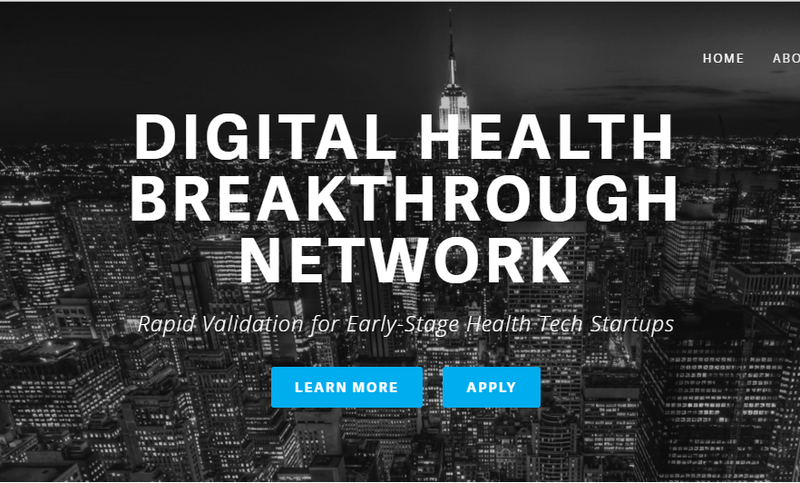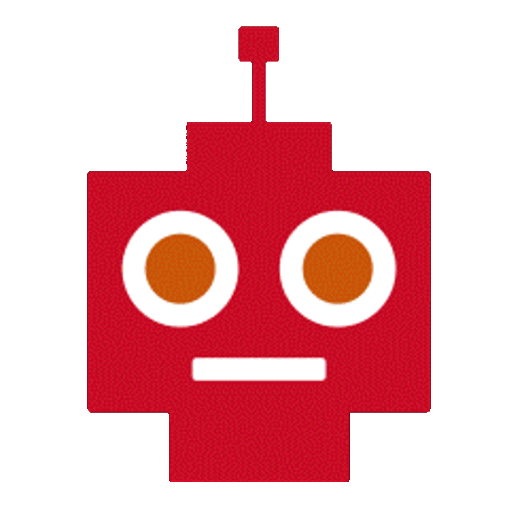
1. #rapidisthenewblack
The need for speed is paramount, so it’s crucial that we test ideas and synthesize evidence quickly without losing necessary rigor. Examples of people working hard to get it right:
- The Digital Health Breakthrough Network is a very cool idea, supported by an A-list team. They (@AskDHBN) seek New York City-based startups who want to test technology in rigorous pilot studies. The goal is rapid validation of early-stage startups with real end users. Apply here.
- The UK’s fantastic Alliance for Useful Evidence (@A4UEvidence) asks Rapid Evidence Assessments: A bright idea or a false dawn? “Research synthesis will be at the heart of the government’s new What Works centres” – equally true in the US. The idea is “seductive: the rigour of a systematic review, but one that is cheaper and quicker to complete.” Much depends on whether the review maps easily onto an existing field of study.
- Jon Brassey of the Trip database is exploring methods for rapid reviews of health evidence. See Rapid-Reviews.info or @rapidreviews_i.
- Miles McNall and Pennie G. Foster-Fishman of Michigan State (ouch, still can’t get over that bracket-busting March Madness loss) present methods and case studies for rapid evaluations and assessments. In the American Journal of Evaluation, they caution that the central issue is balancing speed and trustworthiness.
2. The science of asking for donations: Unit asking method.
How much would you give to help one person in need? How much would you give to help 20 people? This is the concept behind the unit asking method, a way to make philanthropic fund-raising more successful.
3. Should all research papers be free?
Good stuff from the New York Times on the conflict between scholarly journal paywalls and Sci-Hub.
4. Now your spreadsheet can tell you what’s going on.
Savvy generates a narrative for business intelligence charts in Qlik or Excel.
Posted by Tracy Allison Altman on 23-Aug-2016.








